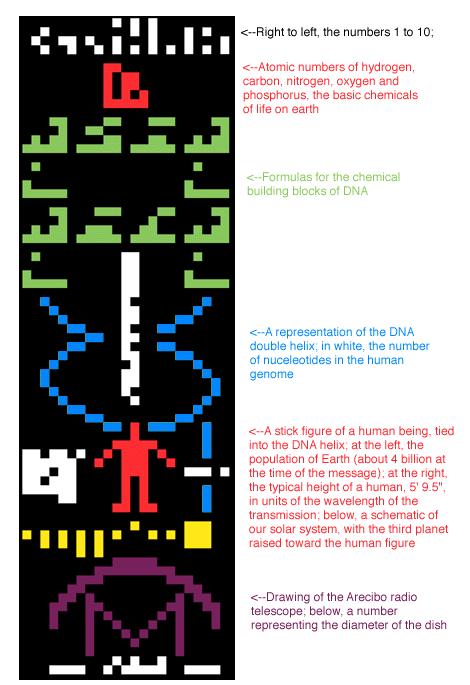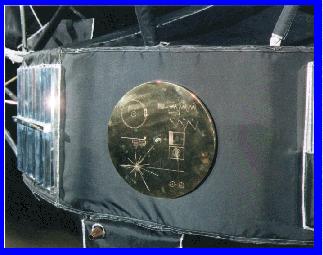 Lesson 9:
Lesson 9:
 Other Worlds, Other Life
Other Worlds, Other Life
|
 9.0
9.0
 Introduction and Overview
Introduction and Overview
"Is there other life in the Universe?" This must be one of the oldest questions of mankind.
As we close in on other mysteries, such as the origin of life, this may remain one of the
last great unanswered questions. Or not; the answer could come tomorrow.
If we assume for a moment that there is indeed other life in the universe, then we will want
to find it, if for no other reason than curiosity. As we are so young, relative to the
universe, it is likely that any other intelligent beings would be older, and hopefully
wiser. Search strategies can be both passive ("wait for a signal", "look and listen") and
active ("send a signal", " send robots or people"). Active robot or human searches seem
hardly worth the extreme expense of thousands or millions of times yearly planetary energy
consumption, if we have no target in mind, so efforts have almost exclusively centered on
the "passive" searches. One exception, a 3-second radio signal from Arecibo in 1974 to a
galactic cluster of some 100 million stars, has been soundly criticized. Two other
exceptions, plaques and records attached to Pioneer and Voyager spacecraft are unlikely
to ever be seen and are redundant: the spacecraft itself is the message. We have been
sending other signals inadvertently for over 90 years. Radio and TV sitcoms are bad
enough; what do our immensely powerful over-the-horizon radar signals say about mankind?

|

|
Figure 9.0.1 The Arecibo message.
The Arecibo message. |
The "passive" searches are in fact not very passive: search strategies must be devised,
instruments acquired, deployed and operated. Data must be acquired and analyzed. Observing
plans must be coordinated to avoid needless duplication and techniques shared and
published. The instruments are typically large and expensive to build and operate.
The data analysis has in one case involved the cooperation of millions of computers,
forming the de facto largest computer in the world, by far.
Search for Extraterrestrial Intelligence (SETI) is the generic name for these passive
search strategies. There have been about 80 such programs over the last 40 years,
starting with Frank Drake's Project Ozma of 1960. Most have been from the U.S., but
there are now also programs covering the southern skies from Australia and Argentina, to
name just two. Sky and frequency coverage are far from complete. Visit
http://setiathome.berkeley.edu/
for information on a large SETI search and several articles about SETI in general.
This program processes data from Arecibo, the world's largest radio dish. These data
are broken up into 107-second workunits. As of April, 2001, some 90 million workunits
have been analyzed. Each one is sliced and diced into 131 thousand fast Fourier
transforms (FFTs), searching for power spikes in various bandwidths and time resolutions.
A bit less than two billion spikes have been found, 90 million varying in intensity
as if from a celestial source. Not one of these has indicated the presence of extraterrestrial
most significant ones are from human radio leakage interference or satellite signals.
SETI and UFO reports have often been lumped together (sometimes by otherwise respected
political leaders), but there are obviously great differences. Any one of these SETI
spikes would probably carry more weight with scientists than any UFO report (due to lack
of measurements and repeatability), yet millions and billions of them have been found
to be spurious. What are we to think of a few hundred scattered UFO reports?

|

|
Figure 9.0.2 A message from the people of
A message from the people of
planet Earth. A gold-plated copper disk was
attached to the side of each of the two
Voyager spacecraft. It carries sounds and
images of our planet for any extraterrestrial
civilization that might encounter the probes
thousands of years from now. |
|





















